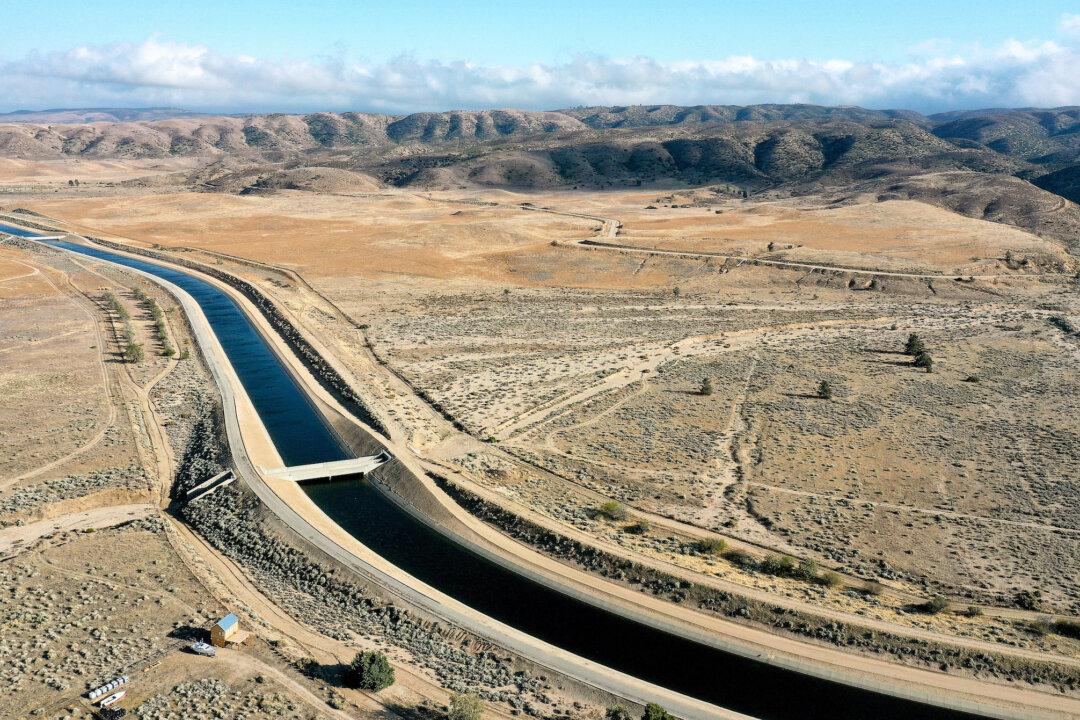Commentary
This is a thirsty state. Having recently survived the severe 2011-17 drought, California now is in the second year of a new drought that began in 2020. We need every drop we can get, from whatever source.

This is a thirsty state. Having recently survived the severe 2011-17 drought, California now is in the second year of a new drought that began in 2020. We need every drop we can get, from whatever source.